The continuation of human civilization depends on having access to clean and safe water. Sustainability in water management is now more critical than ever because of the present climate issue. The best way to ensure that is to have reliable wastewater treatment facilities.
Wastewater valves are an essential component of wastewater piping systems and perform various tasks, such as regulating the flow and pressure and flow of fluids, such as liquids and gasses. Variable volumes of fluids can pass through several types of wastewater valves. The many wastewater valve types range in complexity from simple to advanced. Knowing the types of valves used in wastewater treatment, such as industrial ball valves, and how they work is essential if you’re interested in more information about the wastewater treatment sector.
What Is A Waste Water Valve
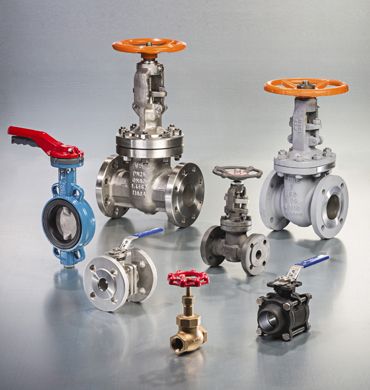
Before reaching aquifers or other natural bodies of water like lakes, rivers, and seas, wastewater treatment, sometimes referred to as sewage treatment, removes contaminants from wastewater or sewage.
Eliminating pollutants from wastewater, such as sewage from homes and runoff valves, plays an important role. The goal of wastewater treatment is to create a treated sludge that can be disposed of or reused and a treated effluent that is safe for the environment.
Wastewater treatment makes it possible to get clean water, which is a crucial component of effective water management. The fluid’s velocity and pressure are managed by wastewater valves, which are part of the piping systems. In wastewater treatment, various valve types are required, such as high-performance butterfly valve, check valves, etc. some are simple to operate, while others require more skill.
Additionally, there are differences in how certain valves permit much fluid or gas flow. A wastewater valve regulates the flow of fluids or gasses. The temperature gauge and flow meter control the valve’s operation. Additionally, only pure water can flow through these valves, which prevents waste and dirty water from doing so.
Types Of Wastewater Valves Based On Their Design
Wastewater valves come in various shapes and sizes, including ball valves, gate valves, butterfly valves, check valves, plug valves, and globe valves. Let’s examine the types of valves used in wastewater treatment and each one’s various characteristics and functions in more detail.
Ball valves
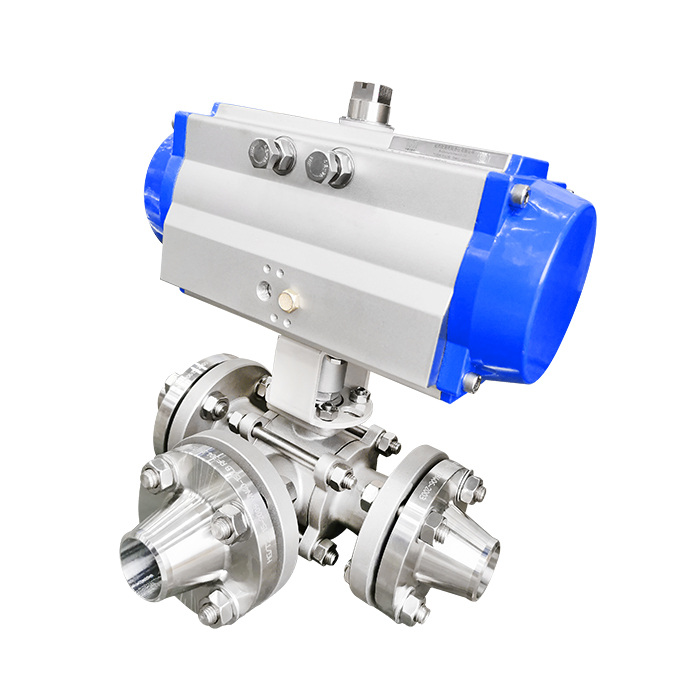
To block and enable the passage of fluids, fully welded ball valves are quarter-turn valves that use spinning port spheres inside the pipe. The ball opens the valve, allowing fluid to flow through.
A ball valve regulates flow and pressure. They halt fluid passage from an air-compressed line to an increased-pressure hydraulic system. Ball valves are simple to use and leak-proof. The valve merely needs to be turned 90 degrees to close or open. A 3-way ball valve manufacturer provides the 3D design elements and ensures that all the users’ demands and needs are met.
Gate Valve
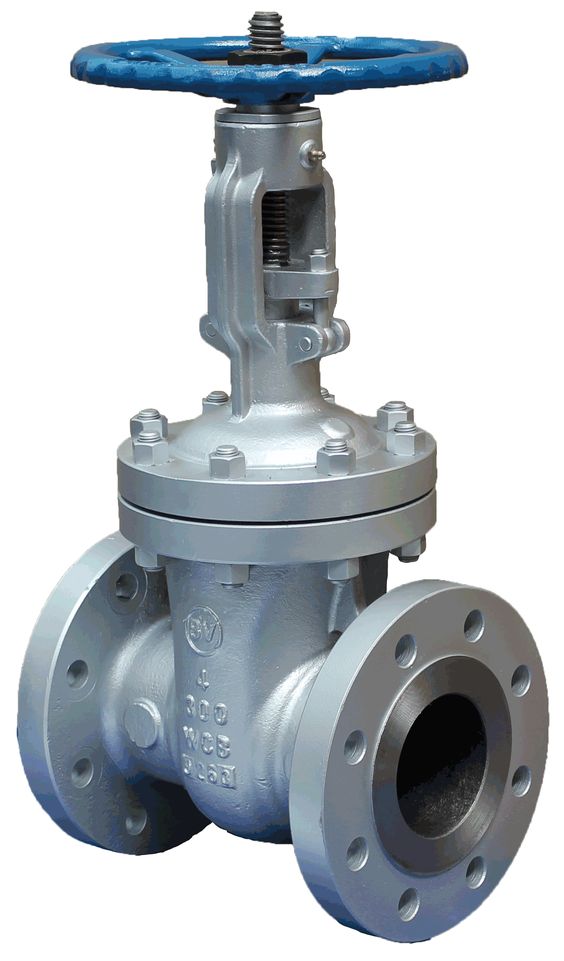
A gate valve’s primary function is a shut-off valve. This stop and wastewater valve obstructs or stops the flow of liquids, in other words. They are also excellent for controlling fluid flow. The gate valves prevent fluid flow when necessary by lowering a plate barrier into the flow stream. They provide the required isolation, meaning they are either fully closed or open. Steam, liquid, and air are all compatible with gate valves. However, they frequently serve as the main wastewater shutting valve.
Butterfly Valve
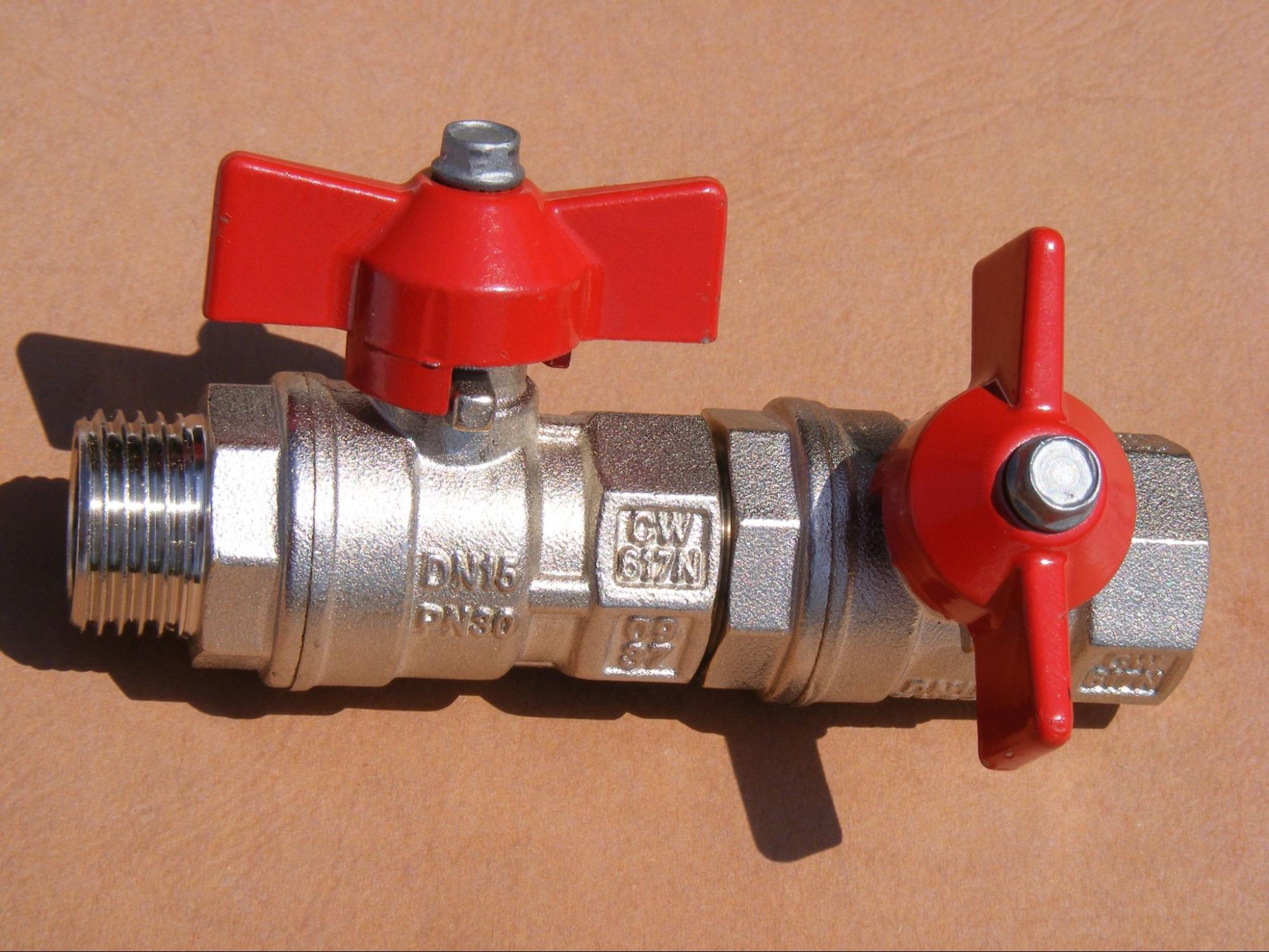
A butterfly valve, a quarter-turn valve, uses several circular flaps in the middle to open and shut the pipe. To control the water supply in plants and processing facilities, butterfly-type disc valves are the best solution. They are also typical in the food, chemical, and pharmaceutical sectors. Flanged butterfly valves are great for controlling and stopping the flow of fluids. A butterfly valve has the advantages of being small, light, and taking up very little space.
They require far less maintenance because of their intrinsically straightforward, economical designs with few moving parts and fewer wear points. Butterfly valves are particularly effective for handling enormous fluid flows in water treatment and water distribution systems facilities, among other applications.
According to the requirements and technical specifications of the particular application, the valves are typically actuated by handwheels, actuators, or a combination of these. A reliable butterfly valve supplier ensures the best quality, ensuring the valve is working correctly.
Globe Valve
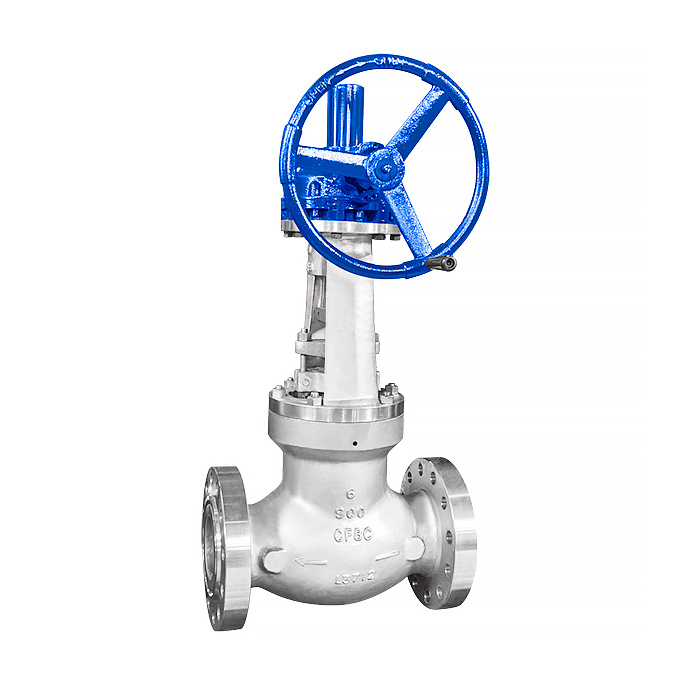
A globe valve controls a pipeline’s flow. It is utilized to regulate or halt the movement of liquid or gas through a conduit. Globe valves get their name from their spherical bodies, which have an internal baffle to divide them into two parts. These valves are used when the pressure drop through the valves is not a determining factor. Globe valves are frequently referred to as throttle valves.
Check Valves
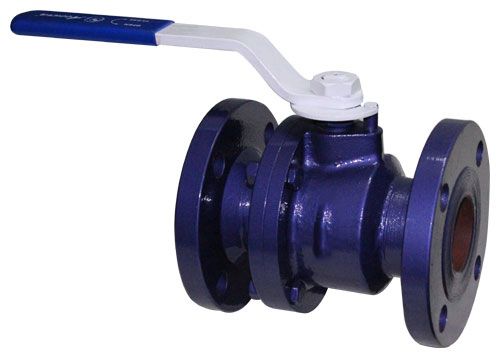
A check valve is an automatic safety mechanism created to permit one-way passage of fluids and gasses while preventing backflow. When a valve is pressurized, fluids enter the inlet and push the disc away from the valve’s seat before escaping through the outlet.
The flow is constant as long as sufficient pressure keeps the disc open. The disc immediately reverts to its seat to stop the flow if there is a pressure drop. Check valves guard against severe damage to compressors and pumps by regulating the flow of liquids. Check valves perform best under high-pressure conditions but poorly under low pressure.
Plug Valves
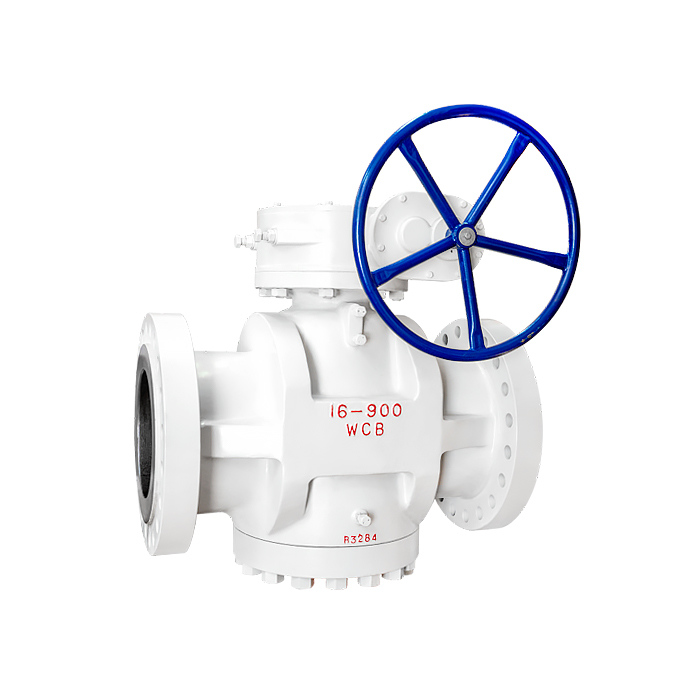
Plug valves are a crucial part of any industry that uses hydraulic systems to keep things moving smoothly and effectively. Plug valves are typically available in cylindrical or conical designs for stopping or initiating fluid flow. In addition to basic, moderate throttling, they provide on-off and diverting services.
Plug valves are an excellent choice for various industrial and commercial applications, such as directional flow control, managing gas or liquid fuels, regulating suspended solids, etc. They are used in many industries because of their streamlined design, leak-tight service, etc.
Plug valves come in a wide range of designs and port sizes:
Two-Way Plug Valves: With this design, you can have a two-way service that runs straight through for the open and shut functions and a closure element in the middle.
Three-Way Plug Valves: They have a third port that typically makes a right angle concerning the inlet. These plug valves help merge or redirect flows.
Solenoid Valves
In situations when automatic fluid flow control is required, solenoid valves are used. They’re being used in a variety of machines and industries more and more frequently. Control devices known as solenoid valves can either shut off or allow fluid flow, depending on if they are electrically triggered or deactivated.
Electromagnets serve as the actuator. An electrified magnetic field pulls against the force of a spring to move a pivoting armature or plunger. Upon de-energizing the device, the spring action returns the pivoting armature or plunger to its starting position.
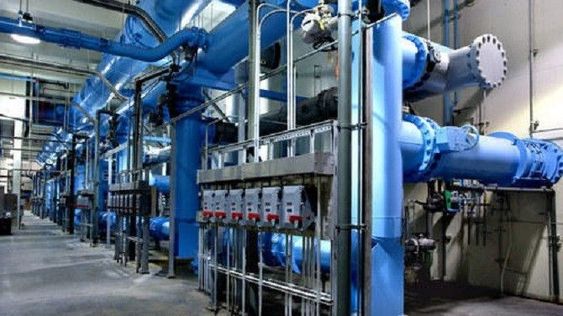
Materials Used In Making Wastewater Valves
Excellent materials are the foundation of dependable piping and valve systems. The composition of metals is one of the most crucial components of a secure and simple-to-maintain system. The system operates more effectively, and fluids within it stay confined using suitable metal, such as steel, stainless steel, copper, stainless steel, CPVC, PVC, or aluminum.
Stainless Steel
There are numerous types of stainless steel, each with the properties of steel and a potent resistance to corrosion. The most common type of stainless steel used to make pipes is 304 SS, which has been manufactured with the addition of 18% chromium and 8% nickel. Because it is a non-reactive metal, stainless steel is frequently used to make industrial valves. Corrosive materials, including acids, saline water, and halide gasses, can be handled by stainless steel valves without causing the valve body to be it flange butterfly, dual plate check valves, etc., to rust. In some circumstances, brass can work well in place of steel.
The combination of steel and resistance to rust and corrosion, enhances the durability. Steel valves are capable of withstanding both extraordinarily high and low temperatures.
Cast Steel
Molded steel is poured into a mold to form cast steel valves, which are then subjected to regulated solidification conditions. On the one hand, this process creates sturdy valves and is an efficient, low-cost technique of manufacture if carried out correctly.
However, it needs constant oversight and quality control because it is vulnerable to tears and holes. Additionally, a defective valve will result from poor-quality molten steel. Cast steel valves are frequently used for high-pressure and temperature in various industries because they combine great tensile strength, hardness, and toughness with impact strength.
Forged Steel
Metal is shaped using high mechanical and heat tools to create forged steel valves. With the help of a device, steel is bent and molded into the desired valve shape. This makes the valves stronger, more durable, and longer-lasting because the heat tends to harden the metal.
Forged steel is strong and more dependable because the grain flows of the metal are changed to adhere to the valve shape. Compared to valves made using other techniques like casting, forged valves are more robust, more consistent, and have better construction.
Components Of Wastewater Treatment Valve
To operate valves successfully, you must be familiar with the most crucial parts.
Valve Body
In addition to housing the disk, seat, and other valve components, the valve body also serves as its primary pressure-retentive component. Since pipes join the valve body’s two ends, this is also where fluid flows through the valve.
Depending on the pressure and size of the piping system, the ends may be flanged, threaded, or butt-welded. According to the needs of the valve, valve bodies are available in stainless steel, cast steel, stainless steel, and forged steel, among other materials.
Valve Bonnet
The bonnet serves as a covering for the valve body’s aperture. The body is divided into two pieces in specific designs and fastened with bolts. Bonnet designs vary, much as valve bodies do. Some bonnets serve only as valve covers, whereas others hold up the valve’s disk, stem, actuator, and various internals and accessories.
When performing maintenance, users can reach the internal components of a valve by removing the valve’s bonnet. Plug valves, for instance, usually lack bonnets, as do many industrial valves.
Stem
The function of the valve stem is to provide the necessary motion to the plug, ball, or disc plug, to open and close the valve. The stem is attached to the actuator, handwheel, or lever at the other. In butterfly, plug, or ball valves, the stem ensures the linear motion of the valve.
Trim
The trim typically consists of the stem, seat, disk, and sleeves required to guide the stem. The disk and seat interaction and the relationship between the disk position and the seat affect a valve’s performance. The trim makes it easy to manage the flow and make simple motions. The disk must glide near the seat to adjust the flow opening in rotational motion trim systems.
Disc And Seat
The disk serves as the third primary principal pressure barrier for valves that have bonnets. The disk offers the flexibility to allow and disallow fluid passage. When the disk is closed, the outlet side must be depressurized for the disk to receive the entire system pressure.
The disk functions as a pressure-retaining component. Typically, disks are forged, and in some designs, they may also have a hard surface applied to them to improve wear characteristics. The disk is supported by seat or seal rings. Some designs don’t need seal rings and instead machine the body to act as the seating area.
Actuator
The actuator, which is attached to the stem and disk assembly, is the device that opens and closes the valve. Through the use of a handwheel, gear, solenoid, hydraulic system, motor, and chain, one can manually operate the actuated valves. Some valves, such as relief and check valves, work autonomously and don’t require an actuator or a handle.

Applications Of Industrial Valves Used In Wastewater Treatment
Wastewater treatment is one of the industrial techniques used in wastewater treatment facilities to raise the quality of the wastewater. The fit and efficiency of the installed valves affect the efficacy of the wastewater treatment method. Different valves perform different functions:
For Air Supply: Butterfly Valve
A disc is fixed in a circle on a shaft in the middle of a butterfly valve. They are typically utilized in air supply systems for wastewater treatment. Due to their compact shape and lower mass than other valves, metal seated butterfly valves are a cost-effective replacement for bigger valve sizes.
Manage The Water Flow: Gate Valve
To prevent or permit the passage of water, sewage gate valves contain a wedge or disc that moves up and down. The majority of their uses involve shutting off wastewater. A knife gate valve’s stem might either be rising or not rising. There must be space above the valve for the rising stem to go up as the valve is opening. This will give a visual signal as to whether something is open or closed.
Throttling: Globe Valve
Globe valves include a spherical body with two compartments separated by a small circular hole. Their function is for throttling, and they also control services for water treatment applications.
Flow Control: Ball Valve
They are typically utilized at smaller diameters for air and water isolation applications. There are numerous sizes and forms available for ball valves. Floating ball valves have essential characteristics like ease of use, high pressure and temperature capabilities, high flow capacity, and the capability to withstand harsh chemicals.
Restrict The Flow: Check Valve
Check valves are fluid control mechanisms that limit the direction of water flow in a pipe system. Two ports—an inlet and an outlet—and a shutdown or closing mechanism make up a check valve.
The distinctive feature of the wastewater check valve that sets them apart from other types of valves, such as butterfly and ball valves, is that, unlike these valves, which work by some actuation, check valves operate on their own. Lift check valves work automatically and regulate flow based on differential pressure.
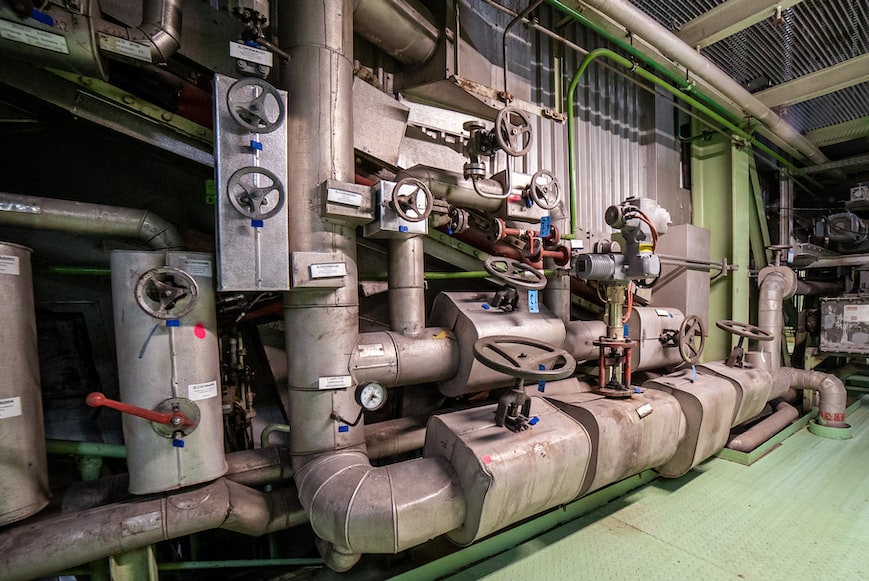
Why Valve Plays An Important Role In Wastewater System
Valves play an important role in wastewater management as the valves used in wastewater treatment control the temperature and flow of water. The valves regulate steady flow and volume when placed and used correctly.
The method of cleaning water is complex. Wastewater from industries and sewage treatment facilities must pass through several delicate control processes before being transformed into safe drinking water. Various types of valves are required at multiple stages of the process to directly regulate and direct the flow.
Large amounts of water are frequently handled via gate valves. There are many different valves used in other phases of the process, including plug valves, ball valves, and butterfly valves, and each one performs a designated function.
How To Select The Types Of Valves Used In Wastewater Treatment
In water treatment systems, using the appropriate valves guarantees efficient overall performance. The valves used in the water treatment plant depend on the conditions to which the valve will be exposed. Applications involving high pressures and temperature gate valves are best suited. Concentric butterfly valves are not suitable for slurry applications.
Check valves are made to discourage backflow and promote constant liquid flow. It is significant to note the circumstances each type of valve can withstand and the typical uses for each type.
Below are some factors to consider when selecting the valves used in wastewater treatment:
The Flow
The type of valve used for the system and the fluid being pumped depends on some factors. It is necessary to consider the fluid’s flow characteristics, corrosiveness or abrasiveness, and any potential chemical reactivity with the materials used to make the valve or other components.
Applications
Valves may be required to carry out several tasks, depending on the system’s needs. Different valve types will be better suited to satisfy your application’s demands. Consider whether the valve should also serve as a regulator or flow throttle instead of just totally stopping or starting the flow. What degree of loss can the system handle? Is the valve required to control system pressure or to alleviate it? What degree of accuracy should the valve have when regulating flow?
The Pressure Drop
Traditional butterfly valves could only reduce low pressures. Thanks to recent improvements, high-pressure drops are also achievable with this valve. You should think about including this functionality and can go for pressure seal valves. It can be a helpful way for you to determine whether the valve is a more recent model or an older one.
Corrosion Resistance
Wastewater is a complex mixture of numerous substances that have been refined and separated. The use of robust and non-reactive valve materials is required because some components are quite corrosive. To determine if it will hold up well against those volatile movements, you must evaluate its level of corrosion resistance. Stainless steel valves or valves built of enhanced steel alloys are excellent for this sort of pipeline.
Conclusion
With the proper valves used in water treatment plants, one can be ensured that the water is safe to use. By doing this, piping systems are guaranteed to run reliably, efficiently, and safely, which reduces the need for maintenance.
This is valid for all forms of water purification, from managing and controlling contaminated river or sea water to creating ultra-pure water. Each water treatment valve has a distinct purpose and set of operating circumstances. Knowing the applications that each valve is best suited to handle can help ensure that the right valve is used. If you are looking for a reliable valve supplier, contact us for the best price.









